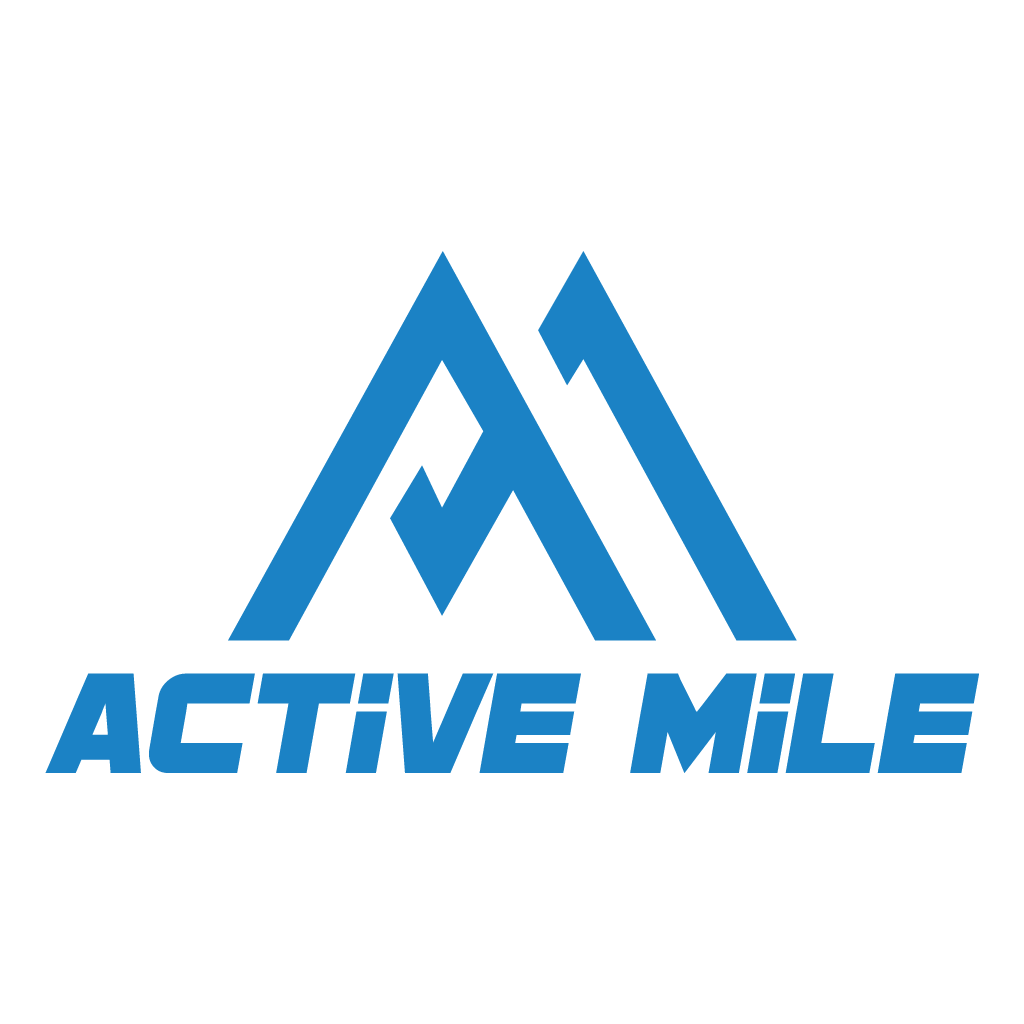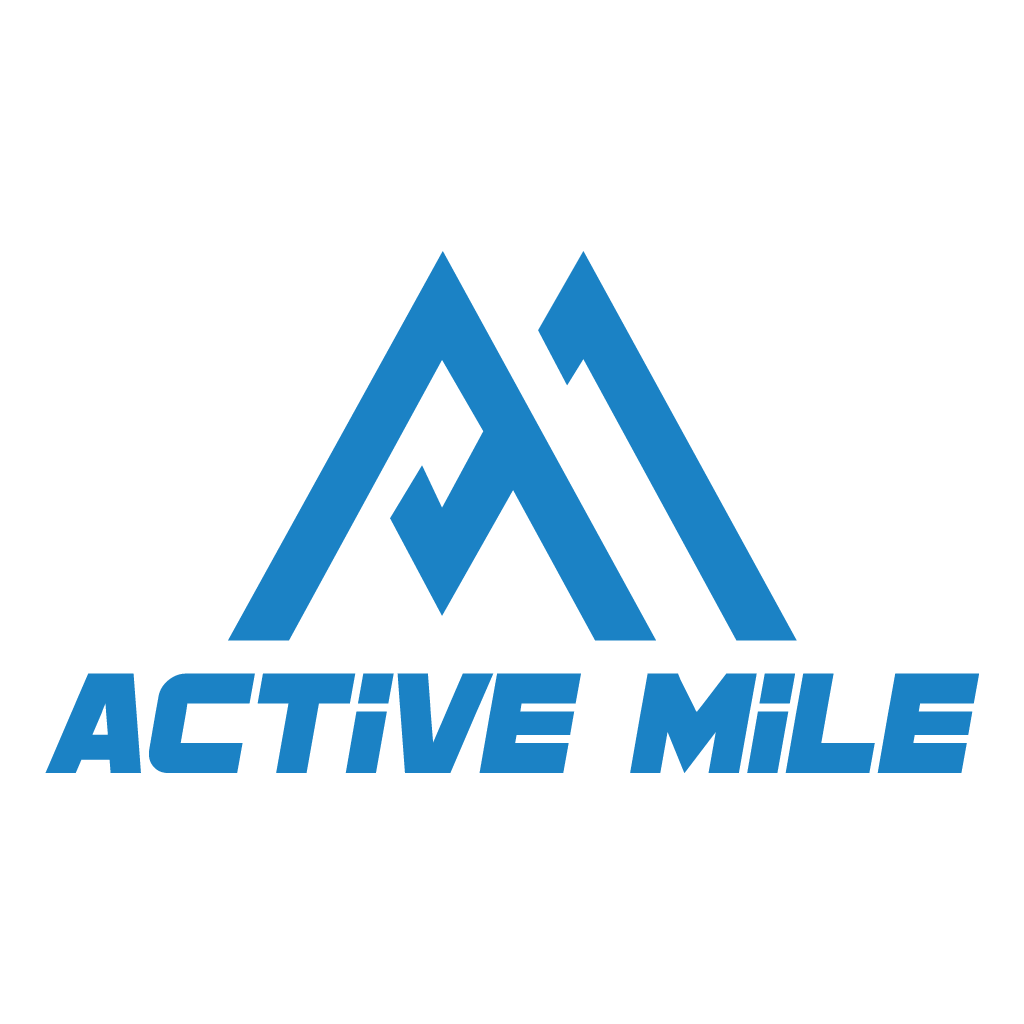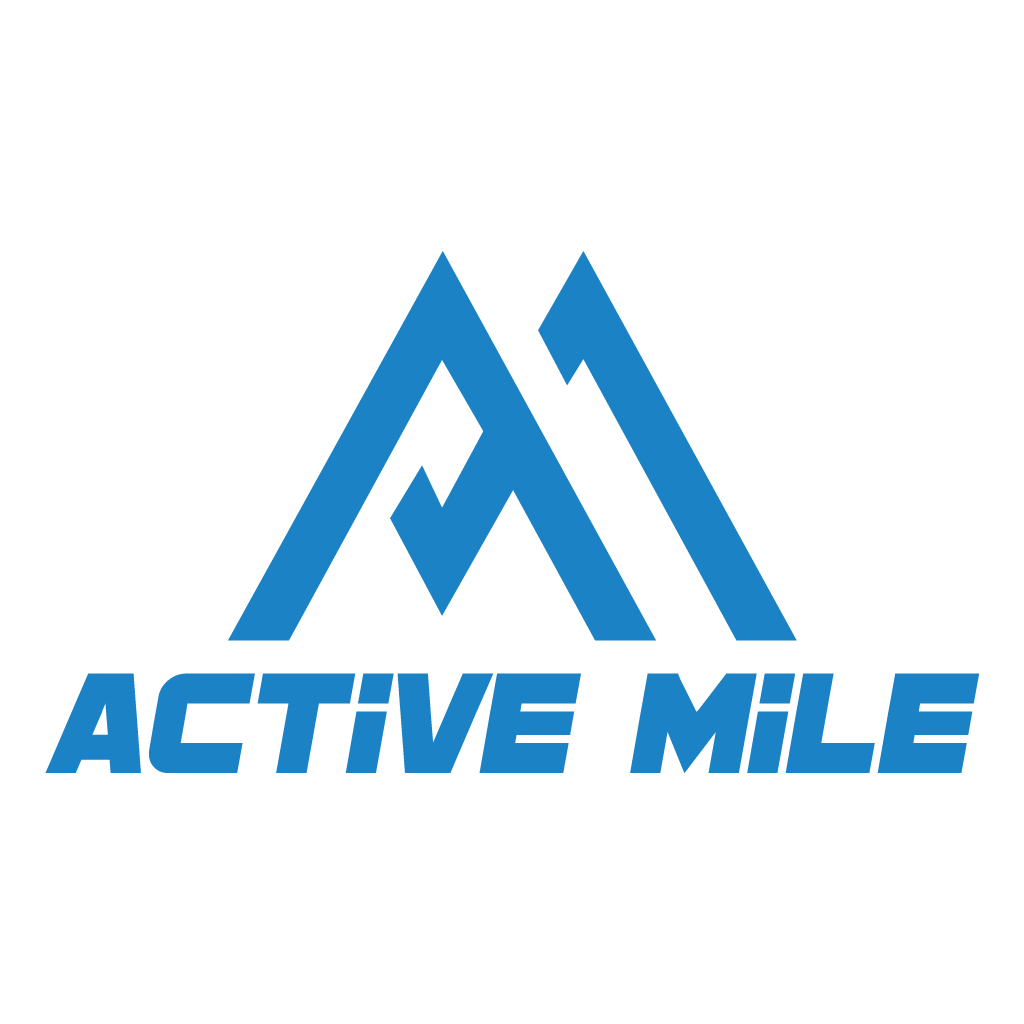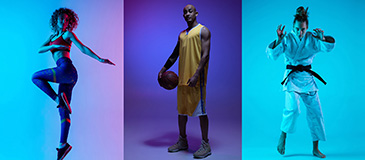- Home
- Blog
- Your How to Guides
- How to…balance and bend without breaking your back!
How to…balance and bend without breaking your back!
You don't have to be a child to learn the basics of gymnastics. Young or old, this is an activity everyone can get involved with in some way. Luckily here in Dubai, we have a number of gymnastic schools and classes; for both adults and children, and it's more popular than you might think!
If you're an adult looking to stretch and flex those muscles in a creative, non judgement environment, we've got the best tips and tricks and places to go right here in Dubai. If you're still able to bend down without your knees creaking (aka the younger generation), or you want to know how you can get your child involved in this beautiful, competitive sport, then this article is for you!
The professionals make gymnastics look so spectacular, as they seamlessly move from one formation into another, in the most graceful and elegant ways. It's unlikely young or old, that you will be landing triple somersaults in your first class! But everyone's got to start somewhere, right?
At Active Mile, we love seeing people step out of their comfort zones, especially where fitness is concerned. Don't let that voice in your head tell you, you can't do something, or that everyone is looking at you and judging you. They aren't! And if you do listen to that voice, you're less likely to have some good fun whilst getting fit. It's good to watch and enjoy seeing others get their gymnastics on, but don't let this stop you. You are on your own journey, and everyone is at a different point in theirs. You will always have an experienced instructor, who will guide and support you, giving you exercises pitched at the right level for your capabilities.
So, what might you expect at your first session? Whatever your age and experience it's likely that the instructor will ask you some general health questions and about your past sporting experiences, any injuries, that kind of thing. Then you would be asked to take part in a little warm up and stretch. This might be one-to-one or with a small group. You might be asked to try a few basic moves so the instructor can baseline your level, and then they will take it from there. Let them guide you, listen to their instructions and let go of the fear, knowing you are in a safe environment with supportive participants and coaches. Then we are sure you will have the time of your life.
Naomi 29, had been wanting to try something different for a while, she admits she was nervous going to her first adult gymnastics class, but when she ignored those voices and went along to Aspire gymnastics, she wished she had somersaulted herself into classes sooner, "I loved the feeling of revisiting a skill from my childhood, as an adult, gymnastics is all about pushing through the barrier of the mind, and the fear of falling. The sessions made me feel I had accomplished something both physically and mentally."
We can give you all the motivational spiel in the world, but sometimes our fears come from the unknown. So now we've told you a little about what to expect in your first session, here's a run down of some of the basic skills to get you started on your gymnastics journey. Feel free to push your sofas back and have a little practice in the living room before you head on into the gym. (Make sure you cover those table corners though and have enough space to roll around, Active Mile accepts no responsibility for any injuries, pulled muscles, or broken lamps!)
Forwards Roll
The one we all know. The most basic and essential skill of any amateur or professional gymnast. It is the core of this move, that will propel you into more advanced skills later on down the line such as: somersaults and handsprings, which tend to use the basis of the rotation in a forward roll.
Backwards Roll
The reversal of the forward roll. If you can go forwards, we're pretty confident you can go backwards too. It can be slightly more difficult to master, but the principles are the same. Once you use your hands in the right way to take the weight off your head…you'll roll with it!
This skill is also a lifesaver if things aren't going smoothly, an experienced gymnast might transition into a backwards roll to recover from loss of balance. When routines are performed at high speed with lots of power, this will often help to prevent injury.
Log Roll
This is very simple, rolling from your tummy onto your back and vice versa. But in gymnastics there is an added element: The Dish and the Arch. The Dish is performed with your back on the floor, the arch is when your tummy is on the floor. As you roll make sure your feet and knees stay together, and make sure your feet and hands don't touch the floor.
Pike Fold
This is a great one for developing flexibility, stretching the hamstrings, glutes and all the bits in between. Sit in the pike position, on your bottom, with your legs together straight out in front of you, keep your back straight. Start leaning forwards with your chest aiming for your legs. Keep your legs straight, push your knees in to the floor, and make sure those toes are pointed.
Hurdle Step
This isn't a move that would be scored at a competition, but it is one that is used all the time by new and experienced gymnasts, as its often used to transition from a run into a jump. You might have seen the professional gymnasts doing this when running and jumping onto the springboard for a vault.
You can learn to do this at home, by hopping on one foot and landing on two feet. Believe us, this sounds easier than it is!
Handstand
Easier in the pool than on land! Like the rolls, handstands are often the starting point for more advanced movements such as handsprings and round offs. The basic handstand form is often transferred onto the bars, vault and beams too.
Cartwheel
Remember doing these in the playground at school, or on the beach! You probably taught yourself, so you're already ahead of the game! But now you're an aspiring gymnast, remember to point your toes and keep your arms straight.
Tuck Jump
Learning to jump and land safely is crucial for any gymnast. The tuck jump is a great one, once you have developed your rolls, wheels and stands. A good tuck jump sees the gymnast pull their knees all the way up to their chest, NOT dropping the chest to the knees. If you do this, you'll probably fall over and lose your balance…but then you can style it our with your backwards roll that you've already mastered!
Half Turn Jump
This is the easiest jump to learn with the added stylistic quality of a turn. You now have two movements to control simultaneously. A good half-turn jump is performed with the chest up and eyes forwards. Looking to the floor, even for half a second might cause you to lose your balance.
Frog Balance
Crouch down with your knees apart and place your hands in between your feet. Can you tell why it's called frog balance? Press your knees into your arms and gradually lean forwards until you are on your tippie toes. When done correctly, your knees should balance on your arms where your elbows are. This is a great one when learning to master the headstand.
Practice at home, with your kids, your friends, your parent, or even your partner, and now you are ready for your first gymnastics lesson
|
Trailblazers in Female Gymnastics Olga Korbut – Brought emption into her gymnastic performances in 1972 Oksana Chusovitina – From Uzbekistan, she competed well into her fourties! Nadia Comaneci – the first female to score a perfect 10.0 in the Olympics Simone Biles – in 2018 Biles won all five available gold medals at the U.S Championships |
|
Did you Know? When males compete in floor gymnastics, they are not allowed to perform with music. |
- Active Life (27)
- On the Bench with... (1)
- Your How to Guides (5)













